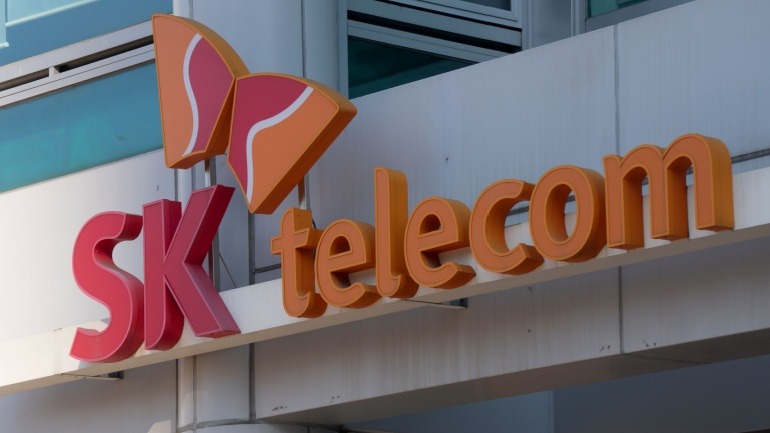Filtronic, a UK-based manufacturer of RF, microwave, and mmWave components, projects substantial growth in both revenue and earnings for its recently concluded financial year, driven by its involvement in the low-Earth orbit (LEO) satellite market and sales to Elon Musk’s SpaceX.
The company forecasts an EBITDA of £4.8 million for the year ending May, marking a notable increase from the £1.3 million recorded in fiscal 2023. This near fourfold growth underscores the impact of Filtronic’s strategic initiatives. The firm also expects a 56% rise in annual revenue to £25.4 million, with a net cash position improving to £5.2 million from £2.4 million over six months.
Filtronic attributes this impressive growth to its enhanced trading momentum and a transformational year, particularly following the establishment of a strategic partnership with SpaceX. This partnership was bolstered in April with a $19.7 million (£15.8 million) order for E-band Solid State Power Amplifiers (SSPAs) for SpaceX’s Starlink constellation, with expectations of future orders over the next five years. Additionally, SpaceX acquired 21.7 million Filtronic warrants, which could convert to up to 10% of Filtronic’s shares upon reaching $60 million (£48 million) in equipment orders.
This announcement highlights the burgeoning influence of the LEO satellite market on the telecoms industry. Filtronic’s financial prospects for 2024 and 2025 have exceeded expectations, with its stock price rising significantly above 70 pence, from a long-standing average of around 20 pence prior to 2024.
Filtronic noted that strong product demand, especially from SpaceX, has driven its operational scaling in the second half of the year. SpaceX’s latest launch, just two days ago, added 20 Starlink satellites to orbit, including 13 with direct-to-cell capabilities. This brings SpaceX’s total to 356 launches, averaging one launch every 2.8 days in 2024.
The LEO satellite sector, led by operators like Starlink, is currently focused on enhancing broadband Internet access in remote areas and developing direct-to-cell services in collaboration with telecom operators. Looking forward, these satellites are poised to play a critical role in the evolution of 6G mobile networks, extending coverage beyond traditional cellular limits.







